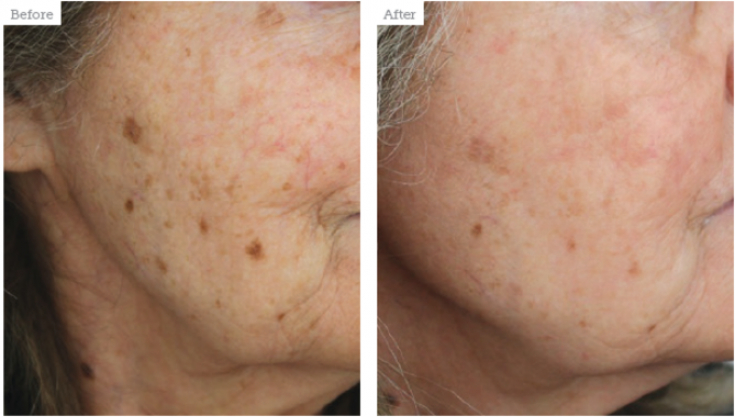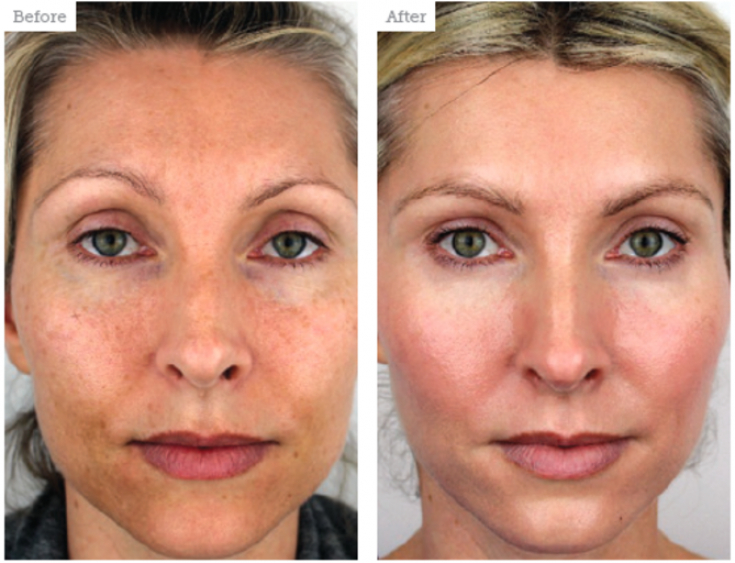Hyperpigmentation – this is a very common occurrence that occurs among patients of all age groups. Usually it does not carry any danger, but can cause serious discomfort to a person. Thus, pigmentation disorders are most often an aesthetic problem that requires cosmetic correction.
Today, there are many ways to deal with hyperpigmentation, but in order to use them correctly, you need to understand what underlies the changes that have arisen.
On estet-portal.com read what pigmentation disorders are and what methods are best for dealing with them.
The main types of hyperpigmentation: what is important to remember
There are different types of pigmentation depending on the etiology and clinical manifestations. Each type responds to treatment in its own way, and therefore a correct diagnosis is the main condition for successful therapy.
Although hyperpigmentation can occur in patients with any type of skin, however, it has been proven that melanogenesis disorders are more common in people with a dark phototype.
It is important to remember that the main provoking factor for pigmentation disorders – this is the Sun. Proper use of sunscreens helps to avoid the development of hyperpigmentation even in patients with a genetic predisposition.
Solar lentigo: hyperpigmentation of tanners
Solar lentigo is most often called "age" or "hepatic" spots. Lentigo are located on open areas of the skin – face, chest, shoulders and arms. These can be spots of various sizes, the number of which increases with age.The following topical agents have a good effect in the treatment of these changes:
• whitening solution - 2% mequinol and 0.01% tretinoin.
Lentigo responds well to treatment with trichloroacetic peels, cryotherapy and laser.
Lentigo patient before and after trichloroacetic peel treatment
Melasma: when sunscreen becomes a constant companion Melasma is a symmetrical skin lesion in the form of hyperpigmentation, which is more common in women. The appearance of melasma is associated with hormonal changes, and the effect of estrogens on melanocytes.
Melasma is a symmetrical skin lesion in the form of hyperpigmentation, which is more common in women. The appearance of melasma is associated with hormonal changes, and the effect of estrogens on melanocytes.
First line treatment includes photoprotectors, hydroquinone, and a three-component cream containing fluorocinolone acetonide 0.01%, hydroquinone 4% and tretinoin 0.05%.
In second place in the treatment of melasma are chemical peels based on glycolic, lactic and salicylic acids, which are best done 2 times a week. At the same time, the darker the skin, the lighter peels should be used.
Read also:
Melasma lasersPatient with melasma before and after combined treatment
Post-inflammatory hyperpigmentation occurs as a result of injury, after exposure to certain drugs and even some cosmetic procedures. An increase in melanocyte activity can be provoked by fungal or viral skin infections, allergic reactions, contact dermatitis.
An increase in melanocyte activity can be provoked by fungal or viral skin infections, allergic reactions, contact dermatitis.
Anyone can experience pigmentation changes, so a doctor should be able to provide a range of safe and effective treatments.
As the popularity of aesthetic procedures continues to grow, so will the incidence of post-inflammatory hyperpigmentation. Thus, not only the treatment of pigmentation changes, but also their effective prevention is becoming more and more relevant.Read also:
Pigmentation and hormones: why spots appear on the face







Add a comment